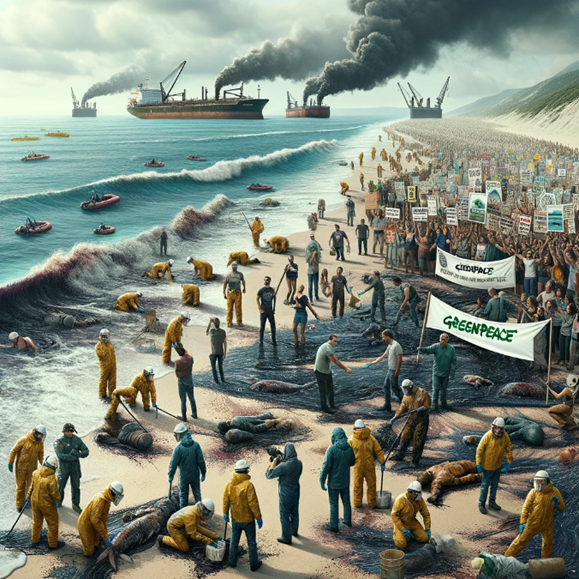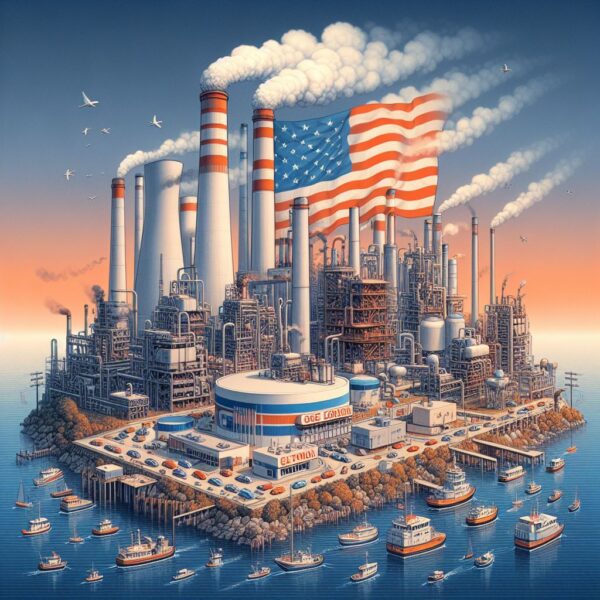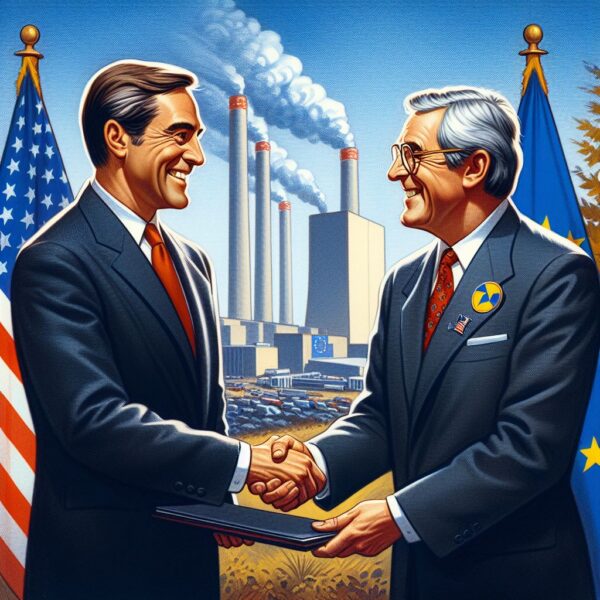Environmental Activists
Continuing on from the 1980s, climate change activist groups like Greenpeace and Earth First! made much headway in promoting switches from harmful fossil fuels and protesting the destruction of nature. In 1995 Greenpeace protested the dumping of oil by Shell by occupying the Brent Spar that was proposed to be dumped at sea. The protest caught headlines and was even brought up to the British prime minister during the 1995 G7 summit. It ended with Brent Spar dumping being abandoned due to the pressure from Greenpeace, although some members of the UK government criticized Shell for caving the protests, including the PM John Major. Earth First! also became much larger in the 90s, following a more anarchist approach, being well known for their refusal to abandon criminal activities. They were also known for spreading information in their journal about different protest methods. Earth First! started in the UK in 1990 with action against the Dungeness nuclear power station in Kent and grew rapidly from there. Their major movements included the occupation of the Port of Tilbury in 1991 and the Liverpool docks in 1992 that focused on the importation of tropical hardwood. They changed directions with a focus on roads in 1992 with the protest camp at Twyford Down against the building of the M3.

Energy Independence Activists
Similarly to the 80s, the need for energy independence was seen globally due to the many conflicts that arose from oil. The 1990 Iraq invasion of Kuwait and the 1991 Persian Gulf war highlighted the risks of dependence on fossil fuels like oil, and further implied that more research should go into renewable energy. However, for the most part many countries continued as normal or only shifted to a different form of unreliable energy. Most focus was put into nuclear power plants into the early 90s, although it declined through the 90s due to a preference of gas power plants instead. The US moved away from importing gas and oil, only producing 15% of their oil from the middle east in the 1990s. Despite environmentalists calling for a decline in reliance on foreign oil in the US for many years, it only came into fruition due to increased support from other concerns about the economic cost of foreign dependence and, especially after the tragedy of September 11 (next decade), strategic vulnerability and US foreign policy burdens. The main concern that came from an increased energy independence was international conflict arising between the western consumers and the oil exporters, as well as between oil-exporting states, especially in the Middle East.

Technological Innovators
Due to more attention being put onto nuclear power and gas power plants, research and development into renewable energies was greatly decreased in the 90s. There was some growth in the sector, mainly for wind and solar power. Solar energy was given tax incentives to promote the use of solar panels and spur growth. For wind energy, there was some growth, especially with the installation of wind farms in Germany and Spain in the 90s. For the UK, the biggest innovation was the potential for energy crops. It was much more complex in terms of organisation than the likes of wind farms and needed efficient linking between different stages of the process. The UK had a large potential for energy crop resources and energy crops and agricultural waste could provide electricity, combined heat and power, and biogas and biofuels. The initiative was supported by the 1992 Conservative Energy Minister Timothy Eggar, and in 1994 a dedicated energy crop band was agreed.

Energy Policy Advisors
Since 1990, the UK government has attempted to re-adjust its renewable energy policies several times, however in reality in the 90s, renewable energy policies were often undermined by parallel issues and the wish to promote large-scale developments of the cheapest technologies, so renewable energy was continuously pushed back. The biggest push for renewable energy throughout the 90s came from the non-fossil fuel obligation (NFFO), from 1990 to 1998. The first NFFO provided major support for nuclear power, and the 5 orders made over the 90s called for energy suppliers to purchase electricity from nuclear power and renewable energy sources. The ExternE project in 1995, which commenced in 1991 as a collaborative study between the European Commission and the US Department of Energy, aimed to be the first systematic approach to the evaluation of external costs of a wide range of different fuel cycles to assess primary emissions and their damage to the environment. The project’s results encouraged the use of renewable energies like wind and hydro because no primary emissions were created, so there was no pollution or damage to the environment. The only concerns for wind and hydro energy were the noise pollution and the risk of rupturing dams, however compared to the damage caused by fossil fuels and nuclear power, were minute. The project promoted the use of renewable energy throughout Europe and the US, using its findings to support why countries should make a change.

